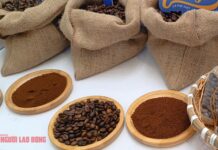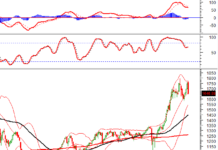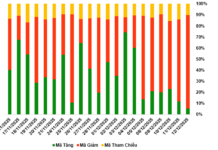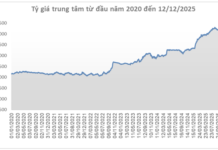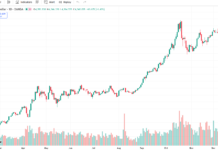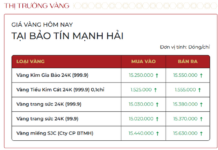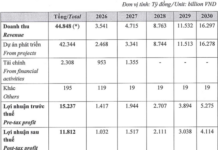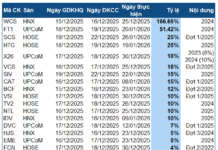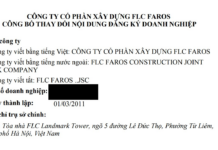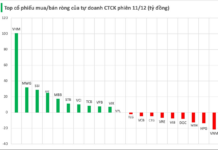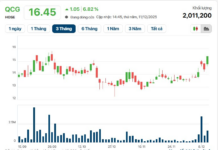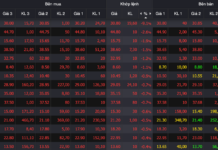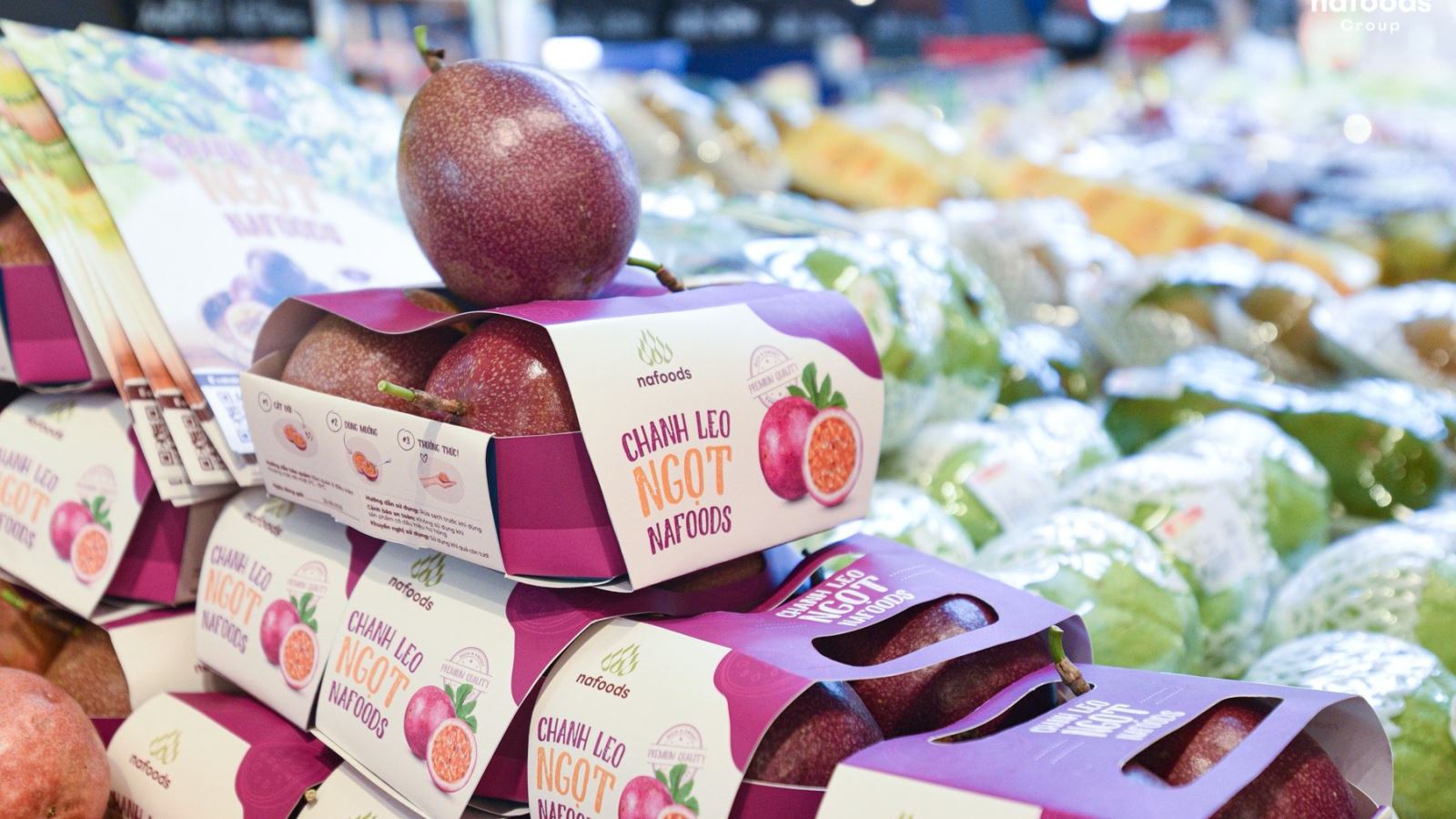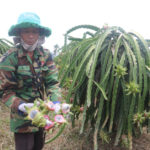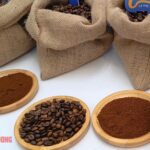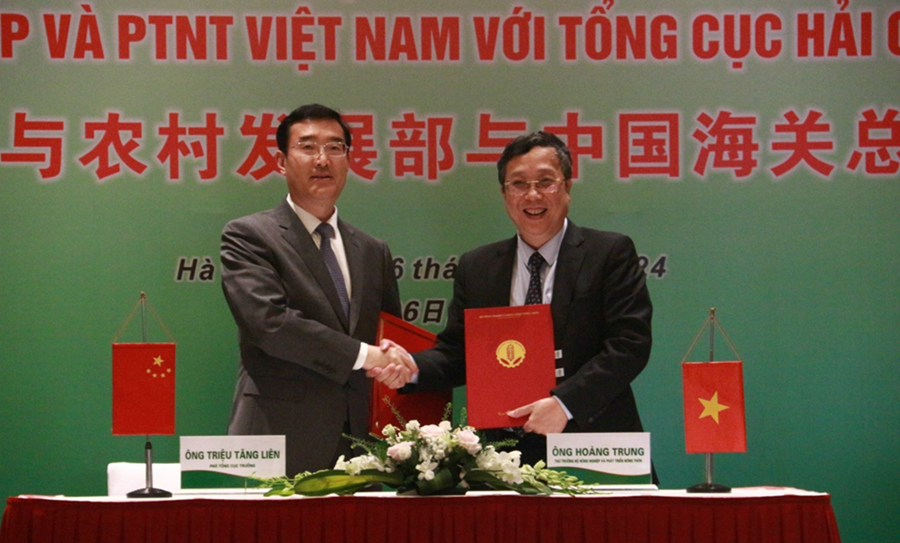Vietnam boasts a wealth of tropical fruits, with its produce reaching over 60 countries and territories. Specifically, dragon fruit is exported to 20 countries in various forms, including fresh, frozen, and juiced.
Recently, Vietnam celebrated as dragon fruit received approval for entry into the US market. Furthermore, on September 9, the Plant Protection Department announced plans to export dragon fruit to Australia.
According to statistics, Vietnam has rapidly risen to become the third-largest exporter of dragon fruit globally, only after Peru and Brazil. In reality, while Brazil has the highest production volume, most of it is consumed domestically, placing Vietnam as a close second.
As per the Ministry of Industry and Trade, the area dedicated to dragon fruit cultivation in Vietnam is on an upward trend, spanning over 12,000 hectares, predominantly in the northern mountainous region. Additionally, several provinces in the Central Highlands are showing interest and expanding their cultivation areas.
In recent years, Vietnam has focused on enhancing the quality of dragon fruit and adopting a chain production approach to ensure traceability. This attention to detail has been centered around two varieties: yellow and purple dragon fruit.
The unique soil conditions in Vietnam contribute to the superior quality of its dragon fruit, which has gained popularity in demanding culinary markets such as Switzerland, France, and the Netherlands.

Illustrative image
Years ago, the Plant Protection Department initiated the technical dossier, paving the way for the official export of dragon fruit to Australia. Following negotiations, market openings, and close collaboration between the two countries, dragon fruit became the fifth type of fruit to be exported officially to Australia, joining mango, lychee, longan, and dragon fruit.
Moving forward, the Plant Protection Department pledges to guide farmers and local authorities in producing dragon fruit that meets the requirements of importing countries, further leveraging the advantages of this product.
Mr. Andrew Goledzinowski, the Australian Ambassador to Vietnam, highlighted the growing agricultural trade relationship between the two countries, particularly in the realm of fruit exports. High-quality produce from each country is now available in the other’s market.
In addition to promoting dragon fruit and apricot exports, the two countries are in the final stages of preparing for the entry of Vietnamese grapefruit and Australian blueberries into each other’s markets.
Commenting on Vietnamese dragon fruit, Ambassador Goledzinowski praised its “delicious” taste. He shared that he and his family regularly enjoy it, even as a breakfast substitute.
With its export prowess and market potential, dragon fruit is proving to be a lucrative crop for Vietnamese farmers. It is one of the country’s most valuable fruit exports, witnessing a remarkable surge in both volume and export value—over 300% in the past five years.
Large-scale orders have consistently benefited prominent exporters such as Nafoods Group (HOSE: NAF), Doveco, and Quicornac.
The Devastating Loss for Dragon Fruit Farmers: A Mystery Yet to Unfold.
Devastation has struck the farmers of Binh Thuan as their dragon fruit farms have been left in ruins following severe floods. With no entity taking responsibility, the farmers are now facing a bleak future.

